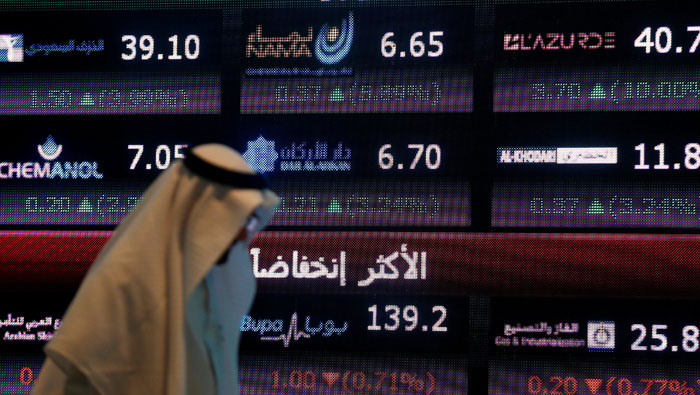
Muscat: The pan GCC index fell by nearly 5 per cent and the S&P GCC composite index recorded its worst monthly losses in over three years, a new report shows.
Trade tensions between US-China and regional geopolitical uncertainties resulted in investor sentiments turning sour despite the positive events in GCC’s equity markets, Kuwait Financial Centre (Markaz) said it its recently released Monthly Markets Review.
"The global story was no different as the positive start to 2019 for the US and emerging markets came to a halt. Oil prices also witnessed a decline after registering substantial gains in previous months," the report said.
Markaz report stated that Kuwait registered the best yearly performance of 17 per cent followed by Saudi Arabia at 8.8 per cent. Kuwait market was resilient to the negative sentiment that prevailed in the regional and global equity markets. Kuwait’s resilience is noteworthy in an otherwise choppy month where
The S&P GCC index lost 5.62 per cent for the month due to regional geopolitical events and the inability of China and US to reach agreement on a trade deal. Saudi Arabia and Dubai indices were the worst affected, losing 8.47 per cent and 5.30 per cent respectively in May.
Abu Dhabi, Qatar, Oman and Bahrain also ended the month on a negative note, losing 4.84 per cent, 1.00 per cent, 0.29 per cent and 0.03 per cent respectively. Kuwait was the lone gainer among GCC markets in May.
Saudi Arabia’s index, which traded at a premium to other GCC markets, fell sharply during the month due to the increasing geopolitical tensions. Saudi Arabia’s entry into the MSCI EM index partially offset the monthly losses, while its yearly gains were nearly halved by the end of the month. Regional tension spilled over to the UAE as well, with Abu Dhabi’s index erasing its yearly gains.
The Markaz report stated that Mesaieed Petrochemical Holding Company (MPHC) from Qatar was the top gainer among Blue Chips, with its share price increasing by 32.7 per cent in May. MSCI’s decision to include three Qatari companies including MPHC into their indices triggered its rise, while the rest of Qatar’s Blue Chip companies ended the month in the red. Negative trend was noticed among blue chips in Saudi Arabia and the UAE, with DP World and First Bank of Abu Dhabi losing 14.5 per cent and 7.1 per cent during the month. Abu Dhabi Commercial Bank (ADCB) and Union Bank officially merged during the month, with the combined entity acquiring Al Hilal Bank to create UAE’s third largest bank by total assets. ADCB lost 9.1 per cent for the month, reducing its yearly gains to 10 per cent.
Positivity surrounding Kuwait’s chances for an MSCI EM upgrade in June’s review has helped it’s All Share index register a positive return of 2.1 per cent in May. Boursa Kuwait also rolled out the final phase of its market development plan, which is expected to introduce several improvements to the capital markets and present a strong case for Kuwait’s MSCI EM inclusion. Zain Telecom and Boubyan Bank were the top gainers among Kuwait’s Blue Chip stocks, increasing by 13.4 per cent and 4.6 per cent for the month. Zain’s stock performance was an indication that investors cheered Zain’s first quarter 2019 results, which was released during the month of May, where its net profit grew by 15 per cent year-on-year.
Market trends
Continuing with its capital market reforms, Boursa Kuwait launched the third and final phase of its market development project. These reforms are initiated to standardise the capital market on par with global standards and gather attention of the international investors. The success story of market development in the past is evident from Kuwait’s upgradation to the emerging markets status by FTSE Russell and S&P Dow Jones. MSCI meanwhile has also put Kuwait on its watch list for possible upgradation.
EIA has forecasted a rise in oil spot prices in its Short Term Energy Outlook. Average crude oil prices have trended upwards for four consecutive months in 2019 with risk factors like the end of waivers for US sanctions on Iranian crude exports, unrest in Venezuela and sustained production cuts from Opec contributing to higher oil prices. The intensifying US-China trade war on the other hand has introduced demand concerns affecting market sentiments and acting as a ceiling to the oil prices.